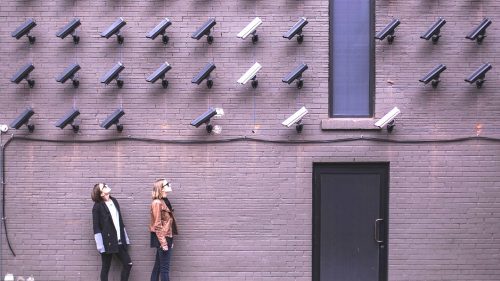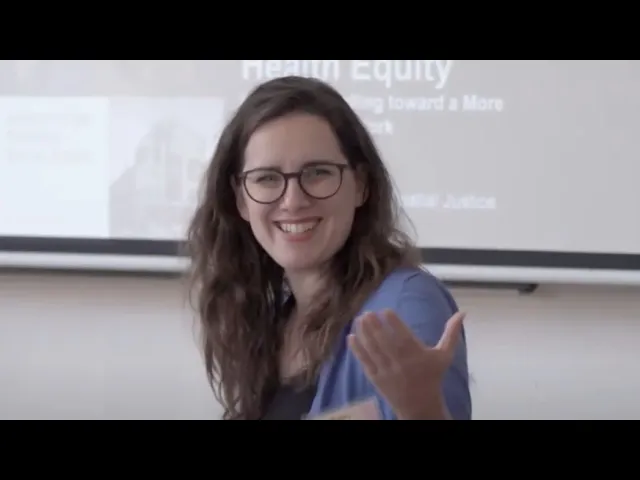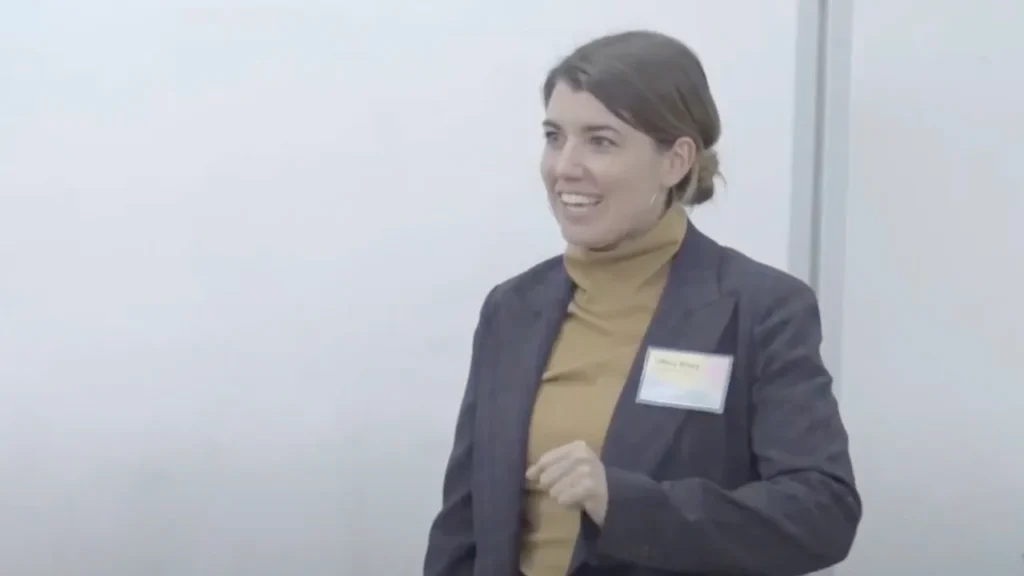Those charged with developing what has variously been called ‘smart cities’, ‘future cities’ and ‘conscious cities’ have different agendas and perspectives. What is clear, however, is that emergent urban life is enabled by the principle of connectivity, widespread use of sensors, adaption to conditions, feedback and increased monitoring of citizenry. Conscious cities include urban sensing, but more specifically what Itai Palti and Moshe Bar account for as ‘the city’s awareness of the motives, personalities and moods of its inhabitants’7. This includes conscious streets, buildings and cities that are sensitive ‘to the mood and context of their users’.
What might all of this mean? Might it be Future City 2.0, the next round of Guy Debord’s psycho-geography that in the 1950s urged adherents to study ‘the precise laws and specific effects of the geographical environment, consciously organized or not, on the emotions and behavior of individuals’1. This comes from a good place because Debord sought to awaken the masses ‘to the conditions that are imposed on them in all domains of life, and to the practical means of changing them’. Debord is not entirely clear on the politics of psycho-geography, but he seems to be simultaneously following Marxist and utilitarian suggestions of making more people happy, rather than just fulfilling the interests of a privileged few. Psycho-geography, then, has scope to be a critical method.
Who is the city?
There is a problem however with Palti and Bar’s phrasing. This might be semantic, but it is important that it is clarified. To speak of a city’s awareness is to speak of agency and consciousness; indeed by speaking in singular terms there is perhaps materialism, paternalism, or a gender-neutral ‘ism’ at play. Regardless, unless civic and political life is going really badly, and we live in a totalitarian mono-interest all-seeing state, a city is an assemblage of interacting and contradicting interests. However, on the broader message about sensitivity to mood and emotional life, this has merit: technologies that feel, or what elsewhere I have discussed in terms of ‘empathic media’ are certainly on the rise5. Also, who could argue with cities that are designed in such as way as to make citizens feel better, especially given the Debord context? The rub is in how this is achieved and what the results are.
Psycho-geography today includes sentiment analysis, facial coding, biometrics (heart, skin, respiration, blood flow, etc.) and cellular understanding of the brain both in-house and ‘in-the-wild’. Seen positively, conscious cities involve use of communications technology to understand social feeling and increase citizen engagement, and to identify and react to complaints. In principle, reaction to civic feeling means things get done: maybe even the broken bin sensor on Dean St. This leads us to psycho-geographically enabled algocracy, which means that feelings, moods and emotions inform policy and municipal decision-making on how to spend resources. Things get interesting here because what companies such as Siemens offer is not only scope to model incoming data, but also capacity to predict the impact of decisions. By means of ‘command and control’ tablet dashboards, what Siemens offer are algorithmic answers to ‘what-if’ scenarios on the basis of citizen feedback. Indeed, in an academic interview with a representative of Siemens for a forthcoming book6, I asked: “Who would you trust more to make a citizen-centric decision: a roomful of politicians or an AI machine that has learned through machine learning what a citizen and city needs?” He says: ‘In all honesty, the machine’. If the logic feels familiar, that’s because it is: it goes back to cybernetics, the science of feedback and self-regulating systems.
The case above entails active feedback through social media and city apps. Conversely, passive technologies such as feeling-into online sentiment, gauging spending trends, profiling personal and emotional data through cameras, and charting citizen movement may be used to generate insight about citizen experience. The emotional experience of cities is also tracked through in-house techniques and questioning within research facilities (using market research techniques such as EEG, skin conductivity and facial coding), but also by out-of-lab mapping of cities and emotional topography. This is about how the brain responds to space, architecture and urban features, measured by wearable biometrics (such as mobile EEG, GSR and heart rate capture). Psychologists of urban geography can topographically link arousal reactions with elements of the city and thereafter use this data to plan for future design3.
Surveillance (don’t be afraid, developers aren’t)
Readers should not hold back from using the correct word to identify these developments. They are utterly based on surveillance and, what’s more, so-called smart city developers are not afraid to use this word, not least because it accurately refers to what they do: they architect data-based assemblages through which authorities and organisations may manage, influence and control citizenry. Visitors to smart city expos should recognise the lack of queasiness around the word ‘surveillance’, because it is seen as positive. See for example Geovision’s scheme for city surveillance4. The word is accurate in that the objective of sensor-enabled cities is management of large and small objects, systems, people, emotional life and all things that exist and flow throughout urban spaces.
In 1992 Giles Deleuze published Postscript on the Societies of Control, an essay about the shift from ‘discipline’ to ‘societies of control’2. This charts the shift from control as that which takes places within places (such as schools and workplaces), to more generalised yet pervasive control-based activities. While I do not believe that readers of Conscious Cities have dastardly plans in mind, they might consider what their work contributes to – particularly when their ideas are embedded in regions without democratic traditions. Indeed, Deleuze, some years ago, discussed a scenario where an identity card is required to navigate elements of the city. This also tracks and effects a ‘universal modulation’. What was once another oblique Deleuzianism is today clarified by visualisations on municipal dashboards of social sentiment, flow of citizens through urban space, feedback from sensors on buildings, and prescriptions on optimal civic decisions.
City-as-platform
Where Debord and Future Cities 2.0 depart is when the surveillance of personal data, sentiment, emotional life, spending and mobility begins to be monetised and securitised. This entails turning the city into a platform, that sees the datafication of citizens for advertising and retail purposes (by means of urban personalisation, sensors, device data, geo-location, cameras, microphones, screens and augmented reality). The logic for this is already in place as ‘programmatic platforms’ used in advertising already pull from a myriad of 1st and 3rd party data sources to deliver targeted advertising capable of interacting with people in public spaces in real time. The rationale of the city-as-platform is that revenue from public-private partnerships provides services such as Wi-Fi and other city development. Of course, police and intelligence agencies also see great opportunity. Since Marconi, spooks and security agencies have used all communications technology at their disposal, so we can expect exponential increase in state surveillance and analytics in policing.
Readers of Conscious Cities will also know that the most substantial sensor-based investment is not taking place in Europe, US or Australasia; but in China, Nigeria, India, South Korea and the Middle East. Dubai is especially significant given that Dubai Holding, an investment company, is signing deals and building smart cities around the world. Dubai takes psycho-geography matters and data about emotional life seriously. Under the moniker of ‘Smart Dubai’, they use sensors, analytics and ‘empathic media’ to understand feelings and emotions to promote happiness. They do this by tracking what people do and how they behave, by tracking online sentiment, and through use of in-house psycho-physiological measures to analysis the brain’s behaviour to discern what factors make for happy citizens. They also have the Happiness Meter, a citywide live sentiment capture engine. This is not a cheesy add-on, but the happiness agenda impacts on all areas of public policy and spending, such as education, roads, health, policing, transport and management of borders. In theory this is the utilitarian doctrine in action: making happiness transparent so policy-makers can make decisions that promote overall net happiness. However, the question is this: does everyone in Dubai have equal rights to happiness and does each person’s happiness counts equally?
Also, for the city-as-platform to work, legal structures need to be in place to facilitate this shared data structure. Key is the Dubai Data Law, which has been in force since 27 December 2015. More formerly known as “Law No. (26) of 2015 Regulating Data Dissemination and Exchange in the Emirate of Dubai” its aim is clearly stated in Article 4(1) which says that this law serves to ‘enable the fulfilment of the Emirate’s vision of turning Dubai into a Smart City’. Dubai does this by effectively claiming ownership of ‘any data related to the Emirate of Dubai and available to data providers’ (Article 3(3)). In addition to the data itself, data providers are required to hand over all information about how their systems work, including all security (and privacy) protocols (Article 10).
Happy psycho-geography
More comforting approaches to psycho-geography and empathic media are possible. Indeed, it should not be missed that Denmark is officially the happiest country in the world. My interviewee from Denmark’s State of Green (a public-private partnership designed to attract investment and promote Denmark as a green economy) says, ‘I don’t know why, but it’s probably because of the welfare society; good gender equality; free education, healthcare and roads’, and that ‘we pay 40-60% tax which provides a great safety net’. Most telling is emphasis on transparency, freedom of speech and that at school from an early age ‘we’re educated to be critical, to teachers and to theorists […]’. I ask if people living in less well-off parts of Denmark would agree with her, to which she answers, ‘No, but they are better off than other countries’ poor. And they know they will be OK’.
Far from sterile title slides of technocracy and glass (and a total absence of people), there are more civic and creative possibilities. Good urban design plays a role (user-friendly paths, parks, lighting, green spaces), but also that which understands that the soul of a city is not in cybernetics and feedback loops, but messiness, diversity, surprise, subcultures, unpredictability, idiosyncrasy and an element of secrecy that separates citizens from the state. This is not a rejection of psycho-geography, or even the datafication of emotional life, but of motivations that do not genuinely put citizens first or respect human rights. In sum, ask and receive an affirmative answer before you appropriate, don’t trap people into giving data, and be prepared to offer something fun in return. The scope to map, improve material space, raise wellbeing for poor as well as wealthy citizens, emotionally annotate city features, leave biometric markers of experience, tell stories, enrich, and co-create citizen-led digital emotional art are all possible. These provide better uses of psycho-geographic sensing technology. This is a city that invites us to feel good.
References
1 Debord, G. (1955) Introduction to a Critique of Urban Geography, http://library.nothingness.org/articles/SI/en/display/2, accessed 05/06/17.
2 Deleuze, G. (1992) Postscript on the Societies of Control, October, 59(4): 3–7.
3 Ellard, C. (2016) Places of the Heart: The Psychogeography of Everyday Life. New York: Bellevue Literary Press.
4 Geovision (2017) City Surveillance, http://www.geovision.com.tw/onepage/city-surveillance-in-smart-cities/index.html, accessed 05/06/17.
5 McStay, A. (2016) Empathic media and advertising: Industry, policy, legal and citizen perspectives (the case for intimacy), Big Data & Society, (pre-publication): 1-11, http://journals.sagepub.com/doi/pdf/10.1177/2053951716666868, accessed 05/06/17.
6 McStay, A. (forthcoming/2018) Empathic Media: The Surveillance of Emotional Life. London: Sage.
7 Palti, I. and Bar, M. (2015) A manifesto for conscious cities: should streets be sensitive to our mental needs? The Guardian, https://www.theguardian.com/cities/2015/aug/28/manifesto-conscious-cities-streets-sensitive-mental-needs, accessed 05/06/17.








